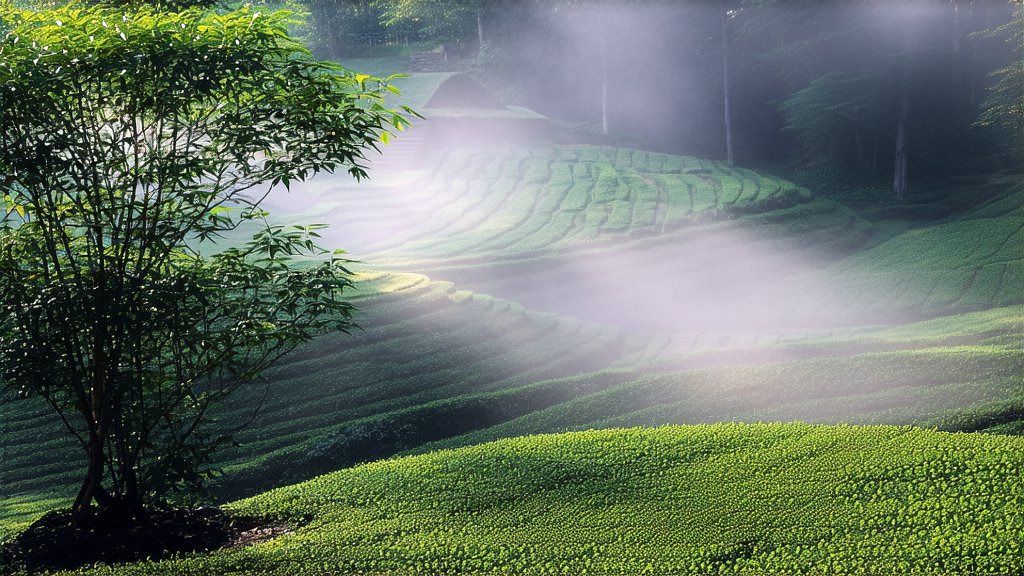
Longjing, often referred to as "Dragon Well," stands as an epitome of China's rich tea heritage, hailing from the picturesque West Lake region in Hangzhou, Zhejiang Province. This revered green tea has not only captivated the hearts of tea connoisseurs across China but also garnered international acclaim for its unique flavor profile, exquisite appearance, and meticulous production process.
Historical Roots
The history of Longjing tea traces back over a thousand years, with its cultivation and consumption deeply intertwined with Chinese culture. It gained imperial favor during the Qing Dynasty when Emperor Kangxi was so enamored by its delicate taste that he granted the tea garden near West Lake the prestigious status of being the sole supplier to the imperial court. Thus, it earned its nickname, "Imperial Tea."
Varieties and Grading
Longjing is primarily produced using the local Camellia sinensis var. sinensis plant, which thrives in the humid subtropical climate of the region. The tea is graded based on factors such as the time of harvest, leaf size, and the presence of 'pre-Qingming' leaves, considered the finest due to their tenderness and higher concentration of nutrients. The most prized grade, known as "Xi Hu Long Jing" or West Lake Dragon Well, comes exclusively from the original tea gardens surrounding West Lake.
Artistry in Craftsmanship
The art of making Longjing tea involves a series of intricate steps that transform fresh leaves into the iconic flat, sword-shaped leaves characteristic of this tea. The process begins with handpicking the youngest shoots and leaves, typically in early spring. These are then carefully pan-fired in large woks over high heat, which halts oxidation and preserves the vibrant green color. The skilled hands of tea masters manipulate the leaves, pressing them against the hot surface to achieve the desired shape while simultaneously removing excess moisture. This labor-intensive method requires immense precision and experience to ensure each leaf is perfectly flat without breaking.
A Symphony of Flavors
Upon brewing, Longjing unleashes a symphony of flavors that dance on the palate. Its infusion boasts a bright, grassy aroma with hints of chestnut and a subtle sweetness reminiscent of springtime dew. The first sip reveals a silky texture followed by a complex interplay of vegetal notes, umami undertones, and a refreshingly clean finish. The aftertaste lingers, leaving a lasting impression of purity and vitality.
The Ritual of Tasting
To truly appreciate Longjing, one must engage in the traditional Chinese tea ceremony, which emphasizes mindfulness and respect for the tea. Begin by warming the teapot and cups with hot water, discarding it before adding the茶叶 (cha ye) or tea leaves. Use water heated to approximately 80°C (175°F) to gently extract the essence of the leaves without scalding them. Allow the tea to steep for about 2-3 minutes before pouring it into a fair cup, from which it can be distributed evenly among individual tasting cups. Observe the jade-green hue of the liquor, inhale its fragrant bouquet, and savor each sip slowly, allowing all senses to partake in the experience.
In conclusion, Longjing is more than just a beverage; it embodies centuries of tradition, artistry, and a deep connection to nature. As you embark on your journey exploring this remarkable tea, remember that every cup tells a story—one of ancient wisdom, craftsmanship, and the timeless pursuit of harmony between man and nature.